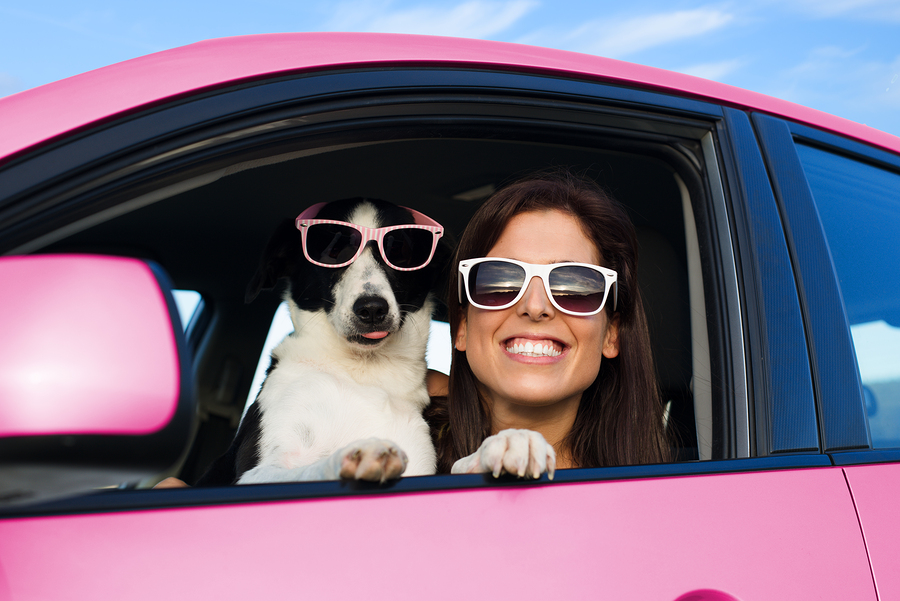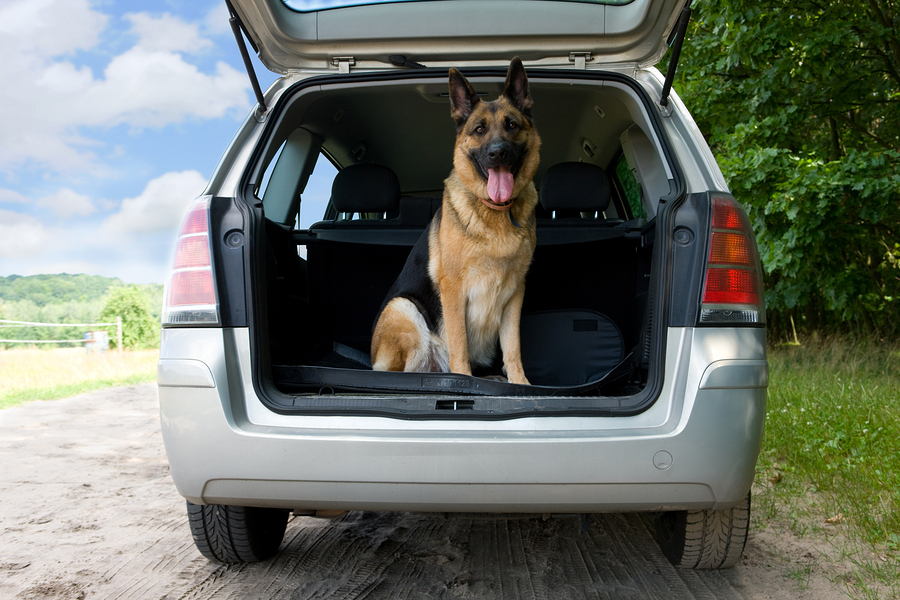With the holidays nearing their end, everyone is bustling from relatives to friends and back home. However, no visit is complete without the furry little relative by your side. But as always, the holidays can be a hectic time for travel, especially for the pets that accompany you on your journey. If you are planning on traveling soon, making preparations beforehand and knowing what to expect on your trip can salvage your sanity and keep your pet safe and happy. To make preparations easier, here are some helpful tips to know before taking your pet out in the world, no matter how far or how long you plan to travel.

Before leaving the house, there is a lot that needs to be done in preparation of your trip. First off, research the place you plan to go with your pet. Is it a friend’s house in another state? What about a relative in another country? While many people may not realize, countries and states have different rules and regulations regarding vaccinations, microchips, and quarantines. To avoid complications, check with your veterinarian in advance to see if your pet is up-to-date on vaccinations and healthy enough to make the trip. In addition to a check-up, ensure that you have enough medication prescribed for the trip if your pet needs them, or discuss sedation options if your pet is known to be easily anxious. After planning the trip, it is time to begin packing. Just like us, pets require their own luggage. For any kind of trip, it goes without saying that pets need their basic essentials such as food, first aid, travel documents, pillows, or toys. In addition to the basics, you will also need a carrier for a long-distance trip. A proper carrier should be well-ventilated and have enough space for your pet to lay down, sit up, stand, and turn around. Carriers can come in hard or soft varieties, so choose which type suits the need of your companion. To prevent a panicked animal, allow your pet to have enough time to adjust to the carrier by leaving it open around the house with some treats or toys inside. This allows them to happily explore it while not being restrained. If you are worried about the trip, there is an abundance of calming products that can make your pet’s trip easier, so it may be worthwhile to invest in some. Restraints such as leashes or collars are also a must if your pet is in a place full of new sights, sounds, and smells that may excite or scare them into running off. Above all, the last thing to prepare for should be the worst. It is recommended to plan who your pet can stay with if you have to leave them home or at the destination.

With packing completed, we can begin to think about the journey ahead. If you plan to fly to your destination, your pet will have to deal with the rules of the airline. Most pets can often ride in the cabin with you, but only if they meet the size requirements. However, you must contact the airline in advance since only a certain number of animals can be allowed in the cabin at a time as well as ensure that your pet meets all the health and carrier regulations in place. If you choose to pursue the cabin option, be prepared to pass through security with your pet on a leash or in their carrier. If your pet does not meet the size requirements, they may need to be placed with the cargo. If so, try to accommodate as best as you can for them. Try to use direct flights that accommodate the temperature extremes of the season and allow you on the same plane. Prepare by creating travel labels on the carriers and having a picture of your pet on hand, just in case they get lost. In addition, make sure that the airline is well aware that an animal is on board so they can take the necessary precautions as well. While it may be possible for some dogs and cats to fly with you, certain animals with “pushed-in” faces such as pugs, bulldogs, and Persian cats face a greater risk of oxygen deprivation at higher altitudes. Therefore, you may need to weigh the potential risks and consider some alternatives to flight if you own a brachycephalic pet.
If you decide to hit the road with your pet instead, there is so much more to do than just throw them in the back seat and take off. If you are renting a car or using rideshare, know the company’s policy on pets well beforehand. In addition, understand how long your friend can handle a car ride until they become anxious. You can achieve this by driving in increasing increments before the trip. This can help avoid issues in the middle of the drive for you and them. Your animal companion should also be in a secured carrier in the back seat to avoid distractions to the driver. For long trips, feed your dog or cat a light meal a few hours prior to the departure and keep water on hand if they get thirsty. During the ride, give your pet plenty rest stops to exercise and use the restroom, but keep an eye on them and make sure they have proper identification. Most importantly, never keep an animal alone in a parked car. Even if the windows are open, the extreme weather conditions can become too much for your friend and can end up hurting them.

When you finally arrive, you and your companion can now head off to find where you both will be staying during your time here. If you booked a hotel in advance, check that they are pet-friendly or simply allow animals. Even if the hotel allows animals, it is important to clarify that you are in a room that specifically allows them. If you are unsure of the arrangements, most hotels’ sites often specify the animal’s size, type, or weight that they can accommodate. By researching beforehand, you can save time and money, as well as get a well-deserved nap. If you are staying at a friend’s or relatives, let them know you are bringing your pet in case of any allergies or accommodations that need to be met before arrival.
It does not really matter how you and your pet arrive at your destination, as long as you both make it there safe and happy. Regardless of the hassles you may face during travel, remember why you are leaving in the first place. Soon, you will be able to spend time with the people who matter most or relax back at home. Wherever you plan to go, happy travels to you and your pet!
About Us
We've taken the guesswork out of caring for your pets. Our formulations are created by experienced veterinarians to address specific solutions for a variety of pet issues.
All of our products are:
As seen on:











